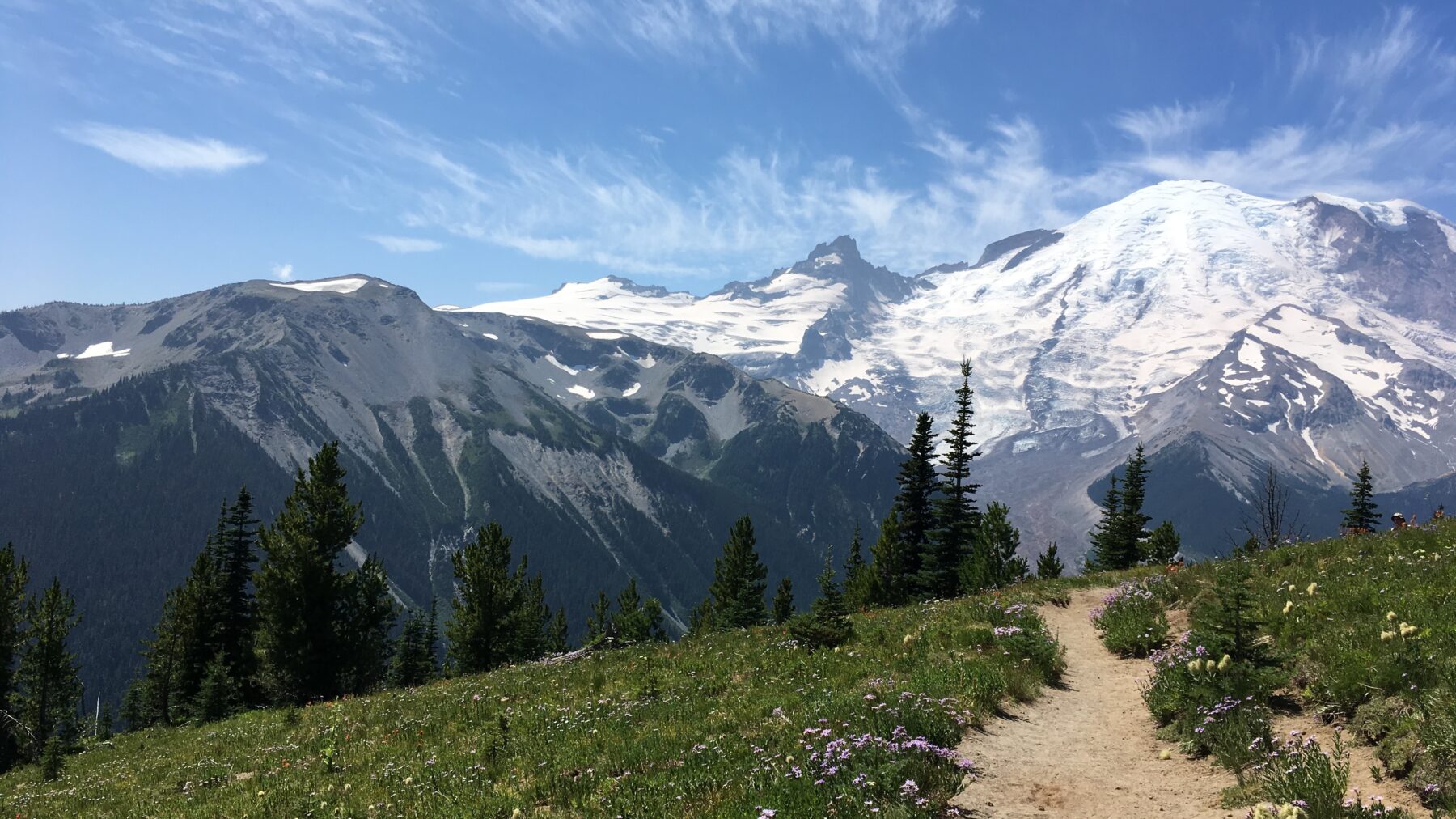In connection with the deterioration of the environment, in all spheres of the world economy there is a search for alternative directions for the use of natural resources. One of these areas in the tourism industry is ecological tourism, which has been widely developed throughout the world in recent decades. Today, ecotourism accounts for, according to various estimates, about 20% of the total international tourism market, and its annual growth is estimated at 10-30%.
In a broad sense, ecotourism is one of the forms of recreation. In its turn, recreation is translated from Latin “recreation” – restoration, from Polish “rekreacja” – rest. In the scientific literature, the term “recreation” appeared in the United States in the late 90s. 19th century as a result of the introduction of a standardized day, two days off, vacations. Therefore, recreation meant recovery, health improvement and the space where these activities are carried out.
Recreation, and, therefore, ecotourism is directly related to the use of natural potential – a recreational resource. A recreational resource is a part of tourist resources representing natural and anthropogenic geosystems, bodies and natural phenomena that have comfortable properties and consumer value for recreational activities and can be used to organize recreation and health improvement of a certain contingent of people at a fixed time using existing technology and available material opportunities.
It is the recreational resource that is the basis of recreational activities, therefore, ecological tourism, which, ultimately, is a vivid example of the combination of nature, sports and ecology with the aim of developing spiritual, physical and cognitive principles in a person.
